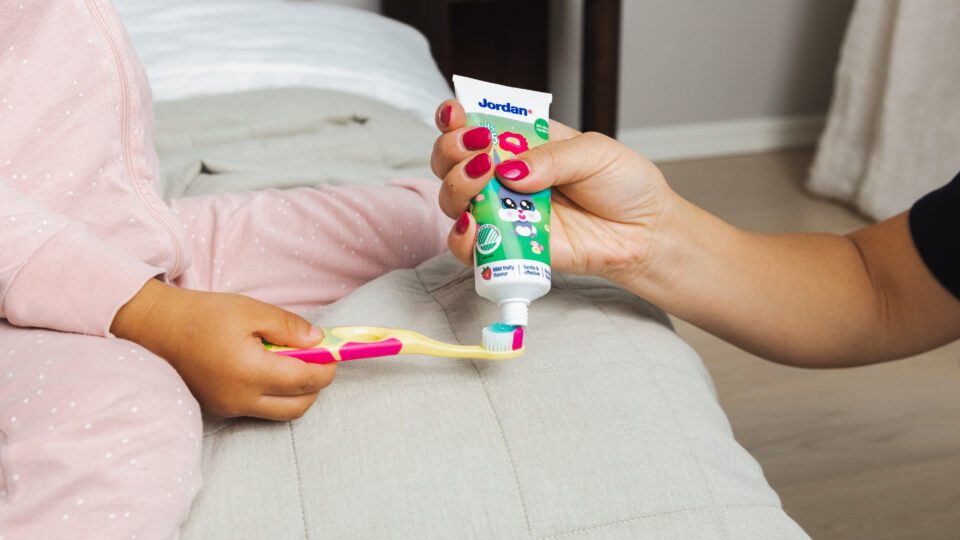Root canal filling – what is it really?
You might have heard that a root canal filling is painful if you haven't experienced one yourself. Though it might sound scary, it is in most cases a pretty painless procedure due to local anaesthesia. But what is a root canal filling actually?

A root canal filling is when the whole root of the tooth is replaced and sealed. Whereas a regular filling might only be on one or more surfaces of the tooth, a root canal filling is when the tooth’s nerve (pulp) is damaged or has inflammation, and the procedure goes deeper into the tooth. This can be caused by caries making a cavity, a leak in an existing filling, teeth grinding or force to the tooth.
Often times you will not notice any symptoms, but some might experience sensitive teeth, swelling of the surrounding gums, or toothache. If you are experiencing any of these symptoms, you should contact your dentist for an appointment.
When do you need a root canal filling?
A root canal filling has to be done if the tooth’s nerve has died or is inflamed due to stress on the tooth. The reason is to prevent infections in the tooth’s nerve or to stop an existing infection from spreading.
How is a root canal filling done?
Usually, a root canal filling is done in the course of two treatments a couple of weeks apart, to ensure that all of the bacteria is removed.
Firstly the dentist will make an opening into the tooth, cleanse the tooth and remove the dead parts of the root. If you are scheduled to go back, the tooth is often filled with an antibacterial agent and a temporary filling. The tooth might feel sore after the first treatment.
In the second part of the treatment the temporary filling is taken out, the root canal cleansed and a permanent filling is made. In some cases, the tooth will be supplemented with a dental crown.
Does it hurt?
Normally it is a relatively painless procedure due to local anaesthesia. If the inflammation is severe, it might be hard to numb the whole tooth, and one might need a refill of anaesthesia during the procedure. If you are afraid of the dentist, you can inform the dental office of this and they can take extra care of you.
Some discomfort in the tooth and surrounding area the first two to three days after the procedure is normal. If you still experience pain or discomfort a week after the treatment, you should contact your dentist for an additional check-up.
You might want to read


Yellowing teeth: Myths and causes
Teeth discolouration is something we all have to deal with at some point in our life. There are several reasons that cause the yellowing of…
Read more
How much toothpaste should kids use?
Jordan's step toothbrushes come with a toothpaste guide, but how much toothpaste should children use at what age? Here's a guide for every stage of…
Read more